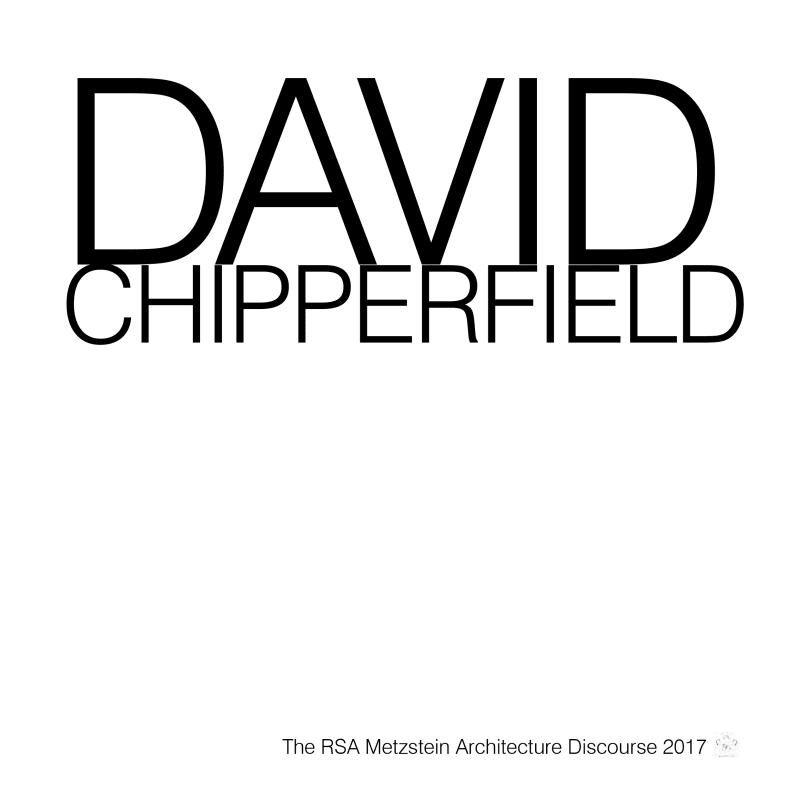Dimensions: 21 x 21 cm
Pages: 56
ISBN: 978-0-905783-37-6
Published by the Royal Scottish Academy, this volume examines the work of Sir David Chipperfield, and was produced to accompany the Metzstein Discourse 2017. Comprising an extensive interview with Sir David Chipperfield, conducted by Richard Murphy RSA and Robin Webster RSA, this publication offers an in-depth look at the thought processes behind David Chipperfield's substantial body of work. Including over 30 photographs of existing work, sketches and future plans, the David Chipperfield publication is an addition to previous RSA publications of Metzstein Discourses with Alvaro Siza, Glen Murcutt, Peter Zumthor and Grafton Architects.
The Royal Scottish Academy Metzstein Discourse was founded in 2014 in memory of Isi Metzstein (1928-2012), partner of the Glasgow architectural practice of Gillespie Kidd and Coia, Professor of Architecture at the University of Edinburgh, influential tutor at The Mackintosh School of Architecture at Glasgow School of Art, and Treasurer of the RSA. The idea has been to bring the very best architects and architectural thinkers in the world to Scotland, and to invite them to give a discourse. Isi Metzstein had very clear ideas about what architecture was, and could expound on it and other related subjects with profound insight, as well as with rabbinical rigour and wit. He was greatly loved by his friends and students, and he enjoyed informal debates with them in which he was highly entertaining. We hope that these discourses given in his memory will serve to continue and raise the level of architectural debate in Scotland.
In 2017 Sir David Chipperfield was invited to give the Discourse and was the first British architect to do so.
In the interview he talks about how architects in the UK have been backed into a corner, limiting what they can do. He shares his hopes for a different approach that allows them to operate together with politicians, planners and other stakeholders in a form of collective intelligence, and he is currently pioneering this approach with some small villages in Galicia in northern Spain. He also discusses his architectural education at Kingston and the Architectural Association (AA), as well as his early experiences with Foster and Rogers (which he entered “through the back door”). He speaks about his experience of the different professional climate for architects in Germany and elsewhere, and how the forces of investment, and the current political distrust of experts and regulation in the UK has led to Brexit and poorer opportunities here for architecture and the public realm. He has from the beginning grasped opportunities to build in different cultures, and has shown considerable courage and enterprise as well as great sensitivity in doing so.
Robin Webster OBE RSA
